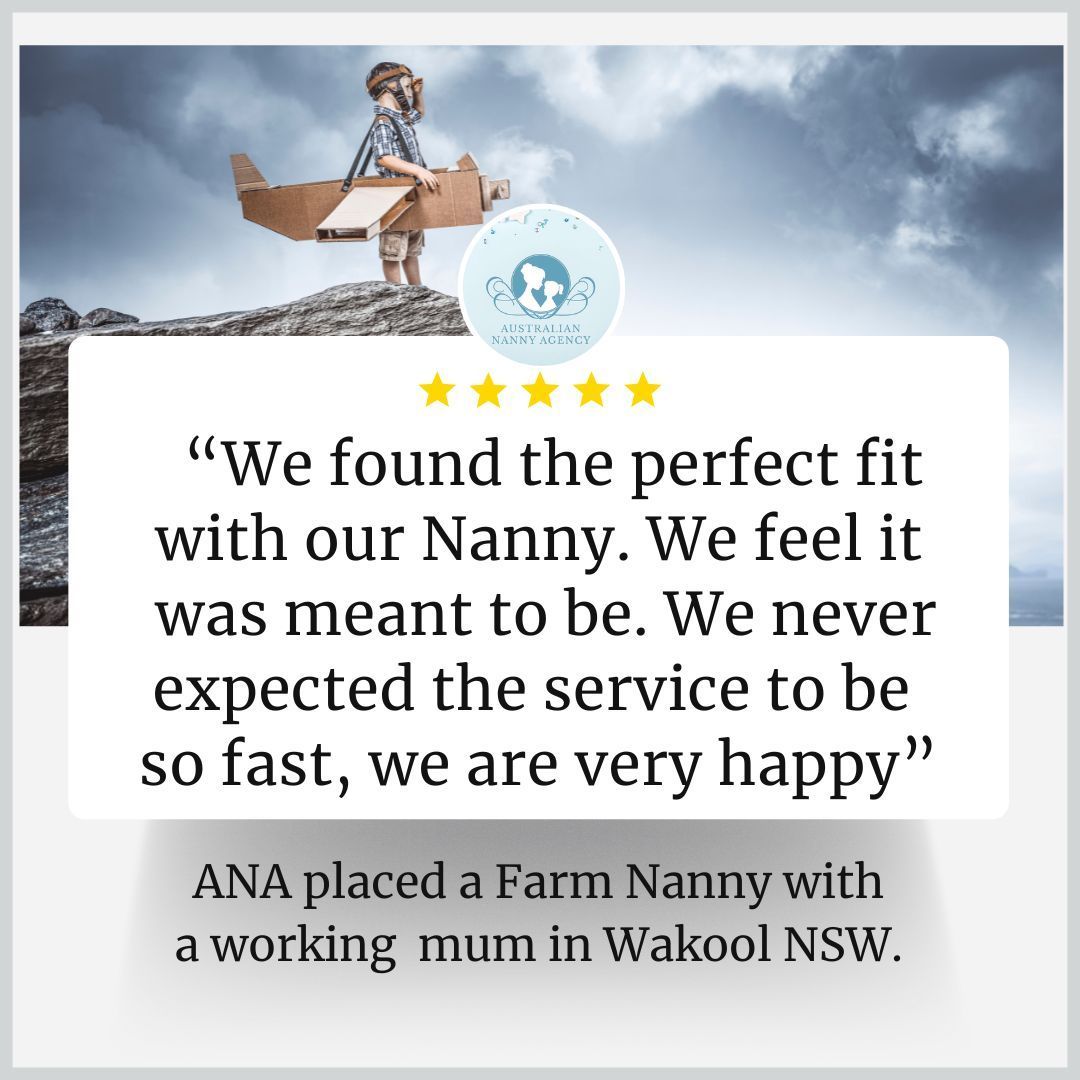Exploring Effective Communication Strategies in Child Development through the Australia Nanny Agency
Understanding Children's Communication: Insights from Australia Nanny Agency
As caregivers, nannies play a crucial role in the developmental journey of children. One of the key aspects of this role is understanding how children communicate at various stages of their growth. At Australia Nanny Agency, we recognize that communication goes beyond mere words; it encompasses a myriad of non-verbal cues, gestures, and emotional expressions. Understanding these communication forms can enhance the caregiver-child relationship and support children’s emotional and social development.
The Many Forms of Communication
- Verbal Communication
- Early Words: Babies start by cooing and babbling, gradually evolving into their first words. Encouraging verbal communication through singing, reading, and conversing is essential in this phase.
- Expanding Vocabulary: As children grow, their vocabulary expands significantly. Caregivers can facilitate this by engaging them in conversations and introducing new words during play or daily activities.
2.Non-Verbal Communication
- Body Language: Children often express their feelings through body language, such as facial expressions, posture, and gestures. A nurturing nanny can decipher these cues, responding appropriately to the child’s needs or emotions.
- Play: For many children, especially younger ones, play is a primary mode of communication. Activities such as pretend play or role-playing can reveal how they perceive the world around them.
3.Emotional Expression
- Using Emotions: Children communicate their feelings through a range of emotions. A skilled caregiver can foster emotional intelligence by recognizing and validating these feelings, encouraging children to express themselves in healthy ways.
- Art and Creativity: Artistic activities can serve as a powerful outlet for expression. Children may convey thoughts and feelings they cannot articulate verbally through drawing or crafting.
4.Social Communication
- Interacting with Peers: In social settings with other children, communication takes on a new complexity. Observing and facilitating play can help nannies understand the dynamics of peer relationships and guide them accordingly.
- Listening Skills: Teaching children to listen actively and respect the words of others is vital. Nannies can model this behavior through conversations, reinforcing the importance of empathy and understanding.
Strategies to Enhance Communication
- Create a Safe Environment
- Children are more likely to communicate openly when they feel secure. Nannies should foster a trusting atmosphere where children feel comfortable expressing themselves without fear of judgment.
2.Model Effective Communication
- Caregivers should demonstrate clear and respectful communication, helping children learn appropriate ways to convey their thoughts and emotions. This includes using eye contact, patience, and active listening.
3.Encourage Questioning
- Curiosity is a natural part of childhood. Nannies can encourage children to ask questions and explore their surroundings, which stimulates verbal communication and critical thinking.
4. Incorporate Storytelling
- Sharing stories, whether through reading books or sharing personal anecdotes, can enrich children's language skills and inspire them to express their own thoughts and feelings.
5.Promote Play-Based Learning
- Engaging in activities like role-playing or building projects encourages children to communicate through play. This approach can be particularly effective in understanding complex emotions or social scenarios.
Conclusion
At Australia Nanny Agency, we understand that effective communication is the cornerstone of a nurturing caregiver-child relationship. By recognizing and supporting the various ways children communicate, nannies can significantly impact their developmental journey. Whether through verbal exchanges, non-verbal cues, or emotional expressions, fostering open lines of communication not only enhances a child’s social and emotional well-being but also builds a foundation for lifelong skills.
As you engage with the children in your care, remember that every interaction is an opportunity to guide, educate, and facilitate their growth. Embrace these moments, and you will witness the beautiful evolution of communication unfold right before your eyes.
Share your thoughts
Blog









